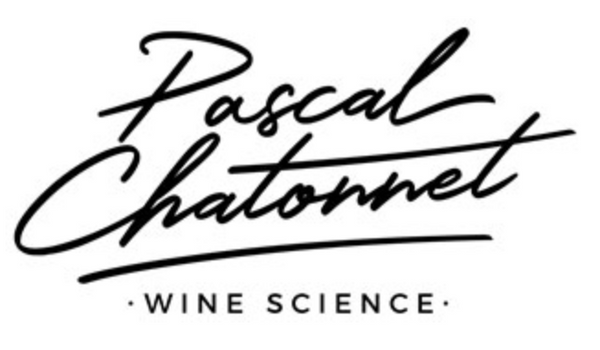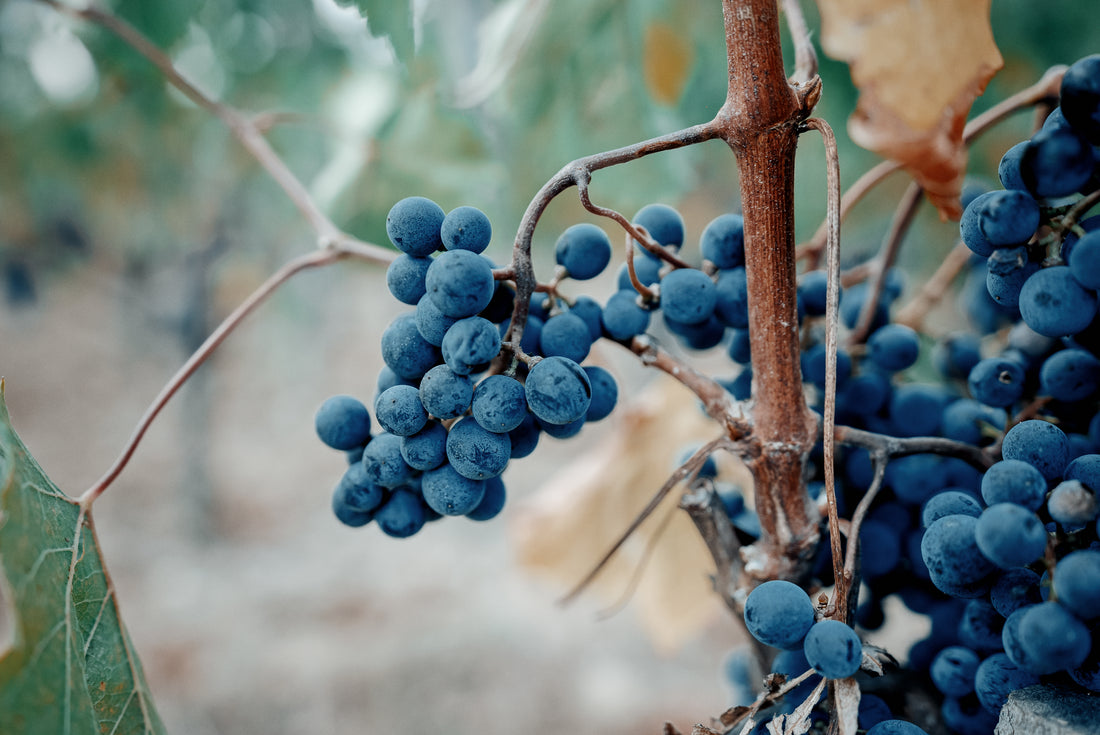The choice of rootstocks and our evolution over time The rootstock is a crucial element of viticulture. Grafting on American roots is the perfect example of biological control which made it possible to save Vitis vinifera vineyards throughout the world from complete disappearance after the phylloxera invasion at the end of the 19th century. The vine phylloxera (Daktulosphaira vitifoliae) is a species of hemiptera insects of the Phylloxeridae family. It is a variety of aphid pests parasitic on the vine, an invasive neobiome from the Eastern United States because it was imported by botanists in Europe and discovered in France in 1863. In 1869, Victor Pulliat created the Regional Viticulture Society of Lyon and advocates through conferences and courses grafting on resistant rootstocks of American origin to regenerate French vines attacked by phylloxera. We now live with phylloxera which infests almost all soils with the exception of sandy soils and sectors naturally protected by their geographical isolation (islands) or by a very strict health barrier (Chile, Australia). Now the “francs de pieds” are making a comeback and are advocating a more authentic taste than that of grafted vines, without until now having been able to provide an objective and irrefutable demonstration of this. This very interesting approach, of course, unfortunately remains extremely limited to a very specific type of soil which is not dominant here. Sandy soils with less than 4% clay: the beach (no, I'm exaggerating a little)... Our plot of Troquard in Saint-Emilion, where the Archange des Vignobles Chatonnet wine comes from, is located on a superficially very sandy soil which rests on a blue clayey molasse in depth; One day it will be interesting to study an alternative replanting…in 20 or 30 years perhaps…. ? In the meantime, there is no doubt that the rootstock actually influences the expression of the V.vinifera on which it was grafted. Various interpretations are provided (disruption of sap flow at the level of the grafting callus, modified rhizospheric microbiota due to different root exudates which in turn alters the assimilation of certain micro and macroelements from the soil, different phyto-hormonal balance generating amplified vigor). Thus, we can undoubtedly explain that grafting benefited Merlot which, before phylloxera, was little present in Bordeaux because it fertilized poorly and had a root system not always well adapted to local soils. With the graft, its fertilization and fruiting were much better thanks to a sugar supplement caused by sap retention developed at the graft. This grape variety thus spread quickly to the detriment of Malbec, until then extremely widespread, because it had become sensitive to coulure and rot. gray due to vigor that has become excessive for the same reasons However, grafting seems to me to be a very intelligent biological control solution. But you have to reason your choice very carefully because mistakes are paid for in decades of poor adaptation. Thus, we have evolved significantly over the last thirty years in rootstock material. After the frost of 1956 and the intense replanting that followed, the nurserymen, my maternal grandfather in the first place, encouraged winegrowers to replant on relatively vigorous roots and above all possessing, business requires, a recovery in very important grafting...5BB and SO4 flourished in Bordeaux, but their marriage with our grape varieties have often turned out to be a disaster. These emergency replantings did not last long fire and, from the end of the 1970s, we replanted, quite in the opposite direction, on rootstocks that were more qualitative because clearly less vigorous, much less based on Vitis berlandieri and rupestris and more V. riparia (planting and replanting are the two breasts of the nurseryman…). The choice of rootstocks available today still remains quite limited, few new creations appeared. We must choose the rootstocks of our vines in depending on the local characteristics of the soil and the grape variety envisaged. From now on, we we no longer plant a single rootstock in a plot, but possibly several depending on the physical characteristics of each part or micro-part of its soil; some soils are homogeneous in others not and we proceed to their careful characterization to optimize adaptation before planting. Until recently we tended to always select very not very vigorous like the Riparia Gloire de Montpellier (RGM); the appearance of more rain significant in spring and especially a recurring summer drought in recent years, while it was quite exceptional until then, now encourages us to look for roots more efficient in absorbing water in summer while remaining resistant to excess of possible temporary humidity at the start of the season: 101-14 MG, 3309-C, Gravesac, are the more common, but we sometimes regret the 196-17 Castel which is almost no longer produced today and which nevertheless has excellent long-term characteristics on certain specific types of soil, notably those with temporary hydromorphism in spring. In a more arid climate, let's forget about insufficiently vigorous rootstocks, i.e. incapable of correctly drawing water from the soil during periods of drought in order to avoid artificial irrigation as much as possible. Vitis berlandieri is welcome in the crossings to inject this essential capacity here: 99-Richter, 110-Paulsen, 140- Ruggieri, Gravesac and sometimes SO4 are then essential. But watch out for the bass incompatibilities like with Syrah or Pinot Noir….
https://fr.wikipedia.org/wiki/Phyllox%C3%A9ra#:~:text=Le%20phyllox%C3%A9ra%20de%20la%20vine,'Is%20des%20%C 3%89United States D'Amico F, Candela M, Turroni S,Biagi E, Brigidi P, Bega A, Vancini Dand Rampelli S (2018) The Rootstock Regulates Microbiome Diversity in Root and Rhizosphere Compartments of Vitis vinifera Cultivar Lambrusco. Forehead. Microbiol. Root-associated bacteria promote grapevine growth: from the laboratory to the field Eleonora Rolli & Ramona Marasco & Stefano Saderi & Erika Corretto & Francesca Mapelli & Ameur Cherif & Sara Borin & Leonardo Valenti & Claudia Sorlini & Daniele Daffonchio Plant Soil (2017) 410:369 –382 DOI 10.1007/s11104-016-3019-6

